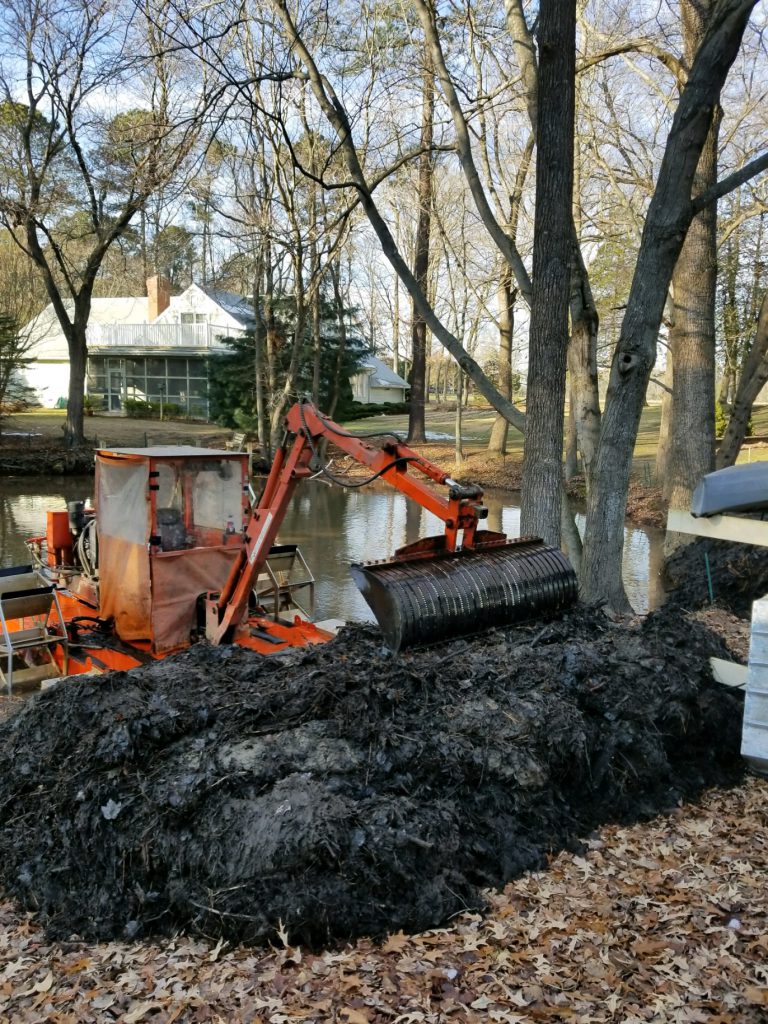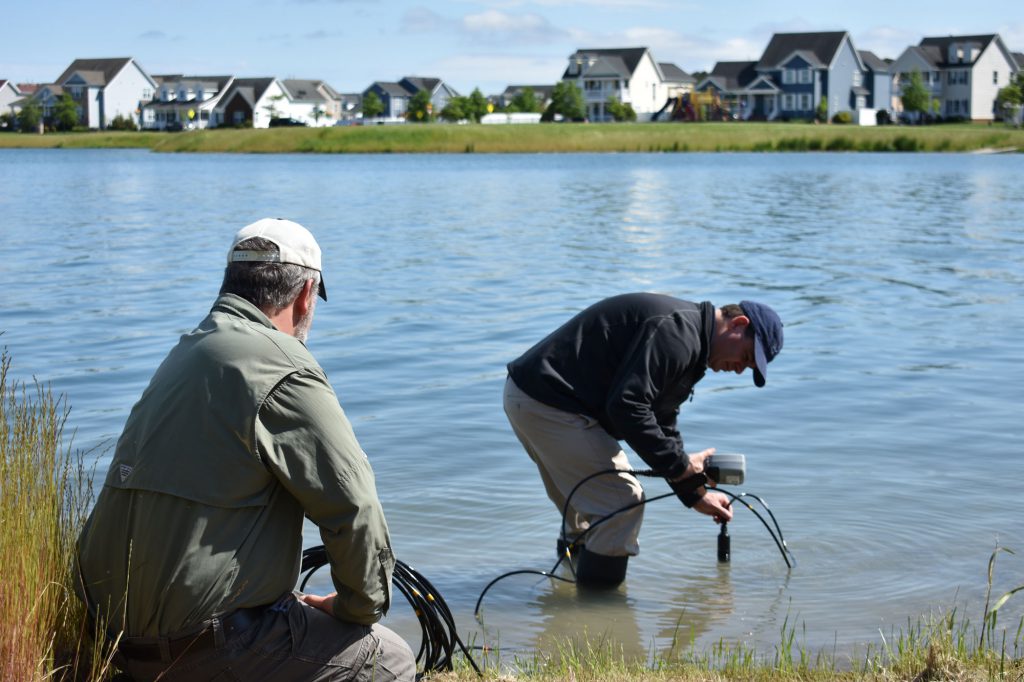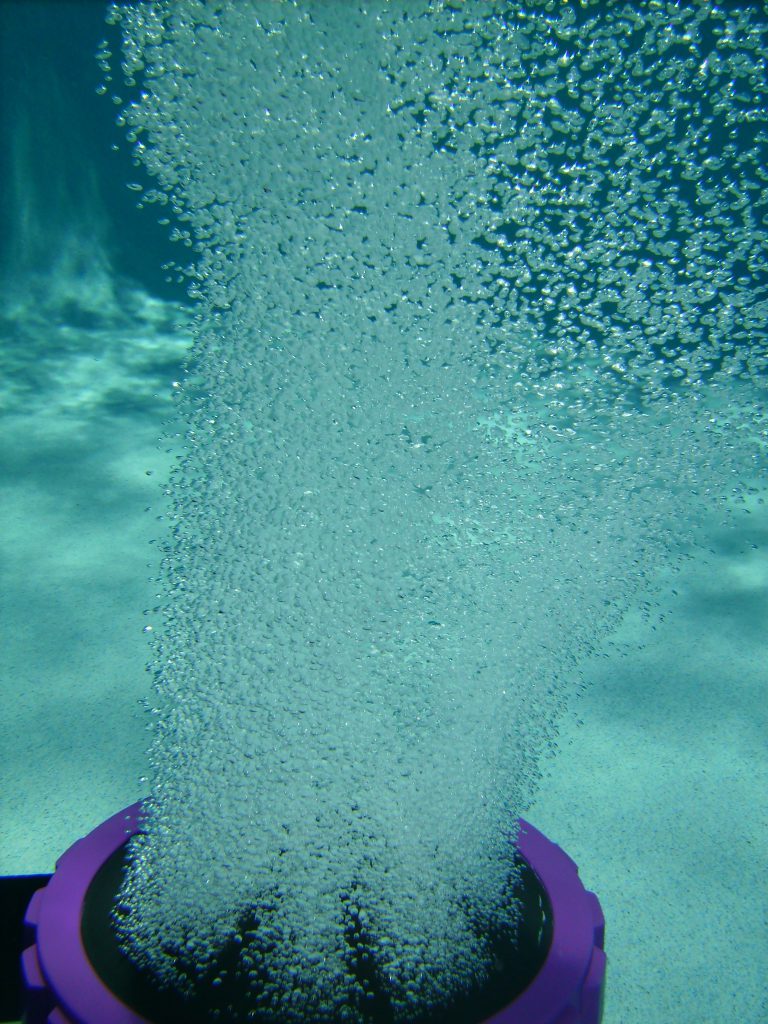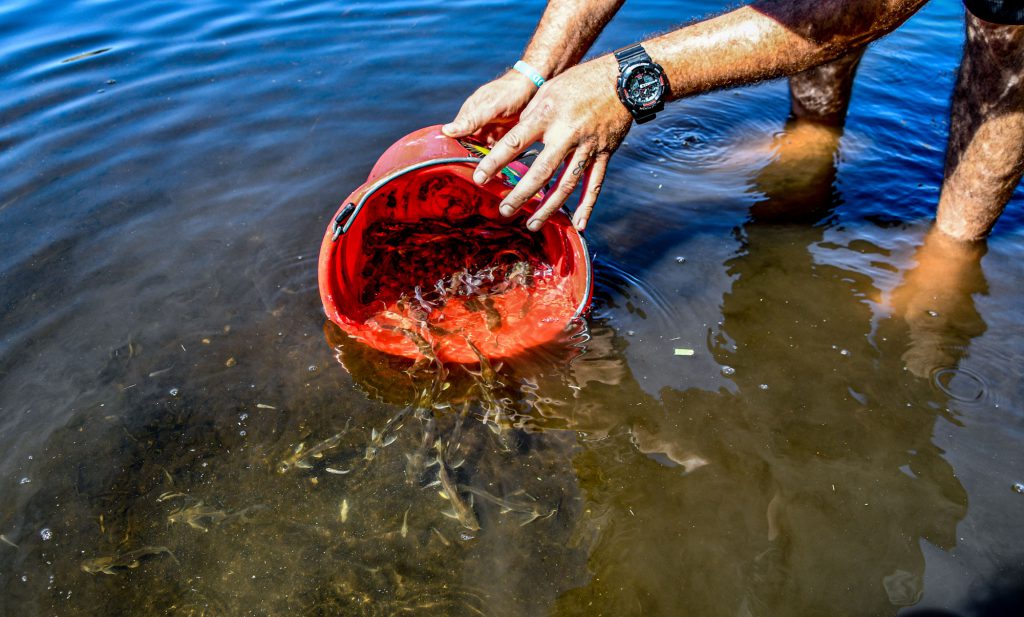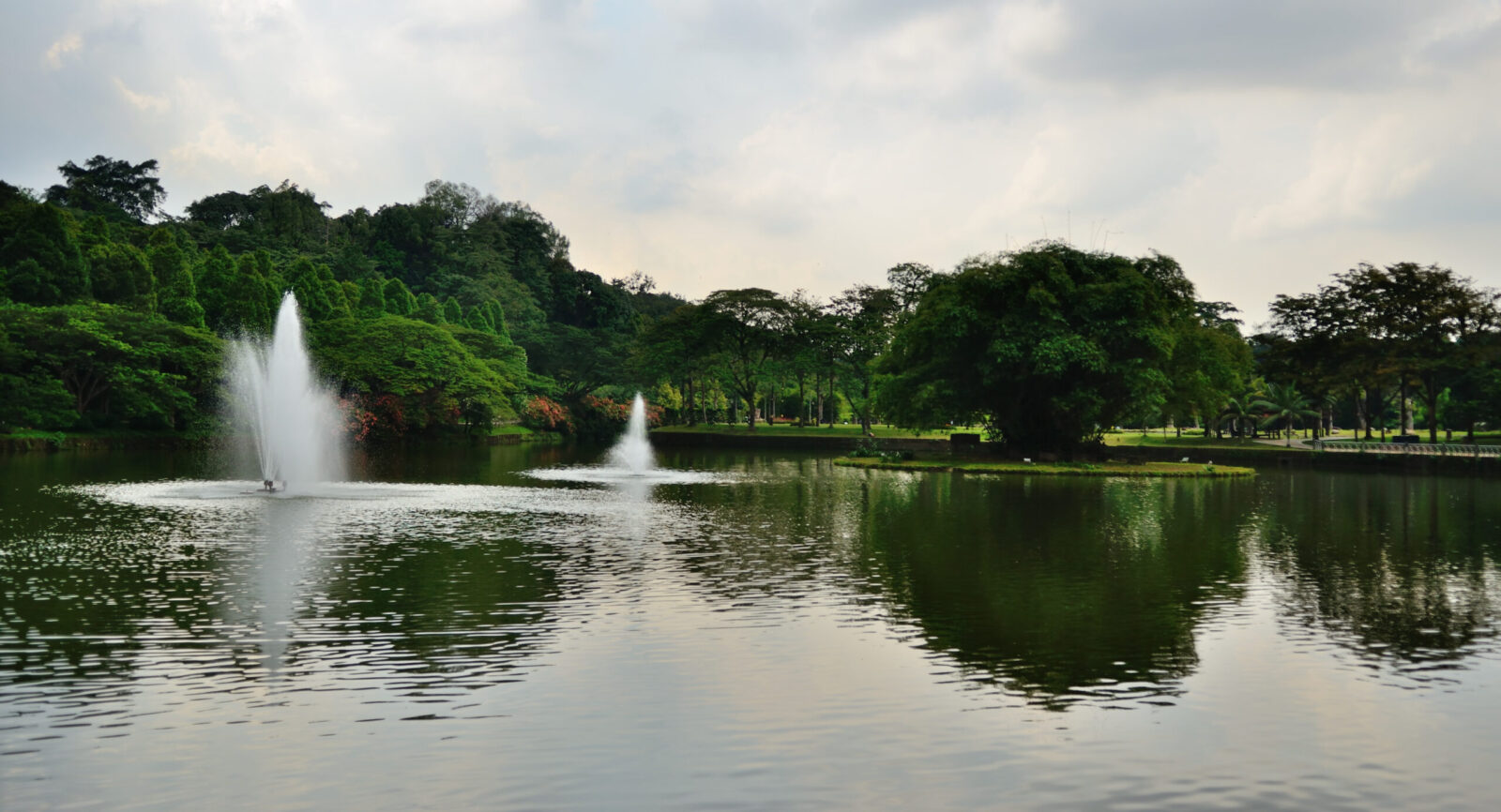
What you should do to prepare your lake for the next growing season
The growing season is a transformative period for waterbodies that brings both beauty and challenges. As the spring months arrive, varying between March and May depending on the region, aquatic ecosystems are awakened and recreational activities resume! Shorelines come alive with vibrant flowering plants, creating a perfect backdrop for swimming and kayaking. Fish and native wildlife become more active, setting the stage for exciting fishing fun.
Yet, inadequate management can lead to a different reality. Instead, you may find yourself face to face with nuisance weeds and algae, which thrive in waterbodies with poor water quality and imbalanced nutrient levels. In some regions, the aftermath of ice and snow may reveal stagnant water and degraded shorelines. These problems can turn your waterbody from a source of pride into an ongoing burden, signaling a frustrating year ahead. Preparation is key to help ensure the best version of your waterbody emerges come spring.
Many property owners overlook the need to manage lakes and ponds during winter months. In fact, this is a prime time to reevaluate waterbody goals for the year ahead and execute impactful management strategies that might be difficult when a waterbody is actively being used for recreation or aesthetic purposes. Now is the time to begin implementing proactive measures that will set your waterbody up for success.
Restore waterbody depth
In most parts of the country, the spring season brings rain. It’s important to make sure your waterbody is equipped to handle the influx of stormwater. Flooding poses significant dangers and can harm shorelines and infrastructure, which may impact property values. Mechanical hydro-raking can be performed ahead of the growing season to remove detritus, rooted aquatic plants, and other debris from the bottom of a waterbody. This process restores depth and volume, helping ensure the waterbody functions as designed during heavy rainstorms. Dredging may also be performed during the off-season to provide more substantial and long-lasting results.
Perform shoreline maintenance and repairs
Shoreline maintenance is another essential part of off-season care. Trimming buffer plants, removing bushes and growth that got out of hand during the summer, and addressing minor repairs are essential steps to prevent further damage and foster healthy growth of buffer vegetation during the spring. Shoreline restoration can also take place during the off-season in regions that do not experience severe ice and snow. Bioengineering techniques help reshape damaged shorelines and anchor them for years of stability. Restored shorelines are then planted with native vegetation. During the off-season, these plants will develop deep root systems, ensuring they are ready to bloom into a strong, beautiful buffer when warmer weather returns.
Balance water quality
Consistent water quality testing throughout the year is crucial, and that includes during the off-season. By monitoring various parameters like pH, dissolved oxygen (DO), turbidity, and nutrient levels, aquatic experts may predict potential issues like weeds and algae and perform corrective actions. In fall and winter, plant decay releases nutrients into the water, which can fuel undesirable weed and algae growth in spring. To help improve overall water quality, Aquatic Experts utilize nutrient remediation solutions like Phoslock, Alum, and EutroSORB, each of which is recommended based on the size and function of the waterbody. These eco-friendly tools disrupt nutrient uptake by plants and help support balanced water quality conditions. Balancing nutrient levels now will help your waterbody become less hospitable to aquatic weed and algae growth once warm weather returns.
Circulate and oxygenate
The role of fountains and aerators during the off-season varies with climate. In regions that experience harsh winters, equipment may require removal and storage. On the other hand, in milder climates, aeration equipment can help maintain open water by circulating and oxygenating it during the cooler months. This process can help prevent the formation of a thermocline – distinct layers of the water column with different temperatures and DO levels. If these layers rapidly mix, such as during a heavy rainstorm, fish may have trouble respirating and die off in large numbers. Operating fountains and aerators throughout this time can help prevent a fish kill during spring weather shifts. It’s essential to install these systems now to help ensure DO is balanced by the time the growing season begins. By introducing fountains and aerators early, you can prime your waterbody for a healthy year ahead.
Implement fisheries management strategies
For some property owners, fish stocking may be another important consideration ahead of the growing season. Whether seeking off-season trophy fishing fun or strengthening fish populations for the upcoming year, timing and species selection are vital for success. As these factors heavily depend on the region, consulting with a professional Fisheries Biologist is essential to ensure optimal results. During the off-season, electrofishing assessments are also commonly performed, allowing experts to briefly bring fish to the surface for analysis. These evaluations help gauge progress from the previous summer and inform management decisions for the upcoming year.
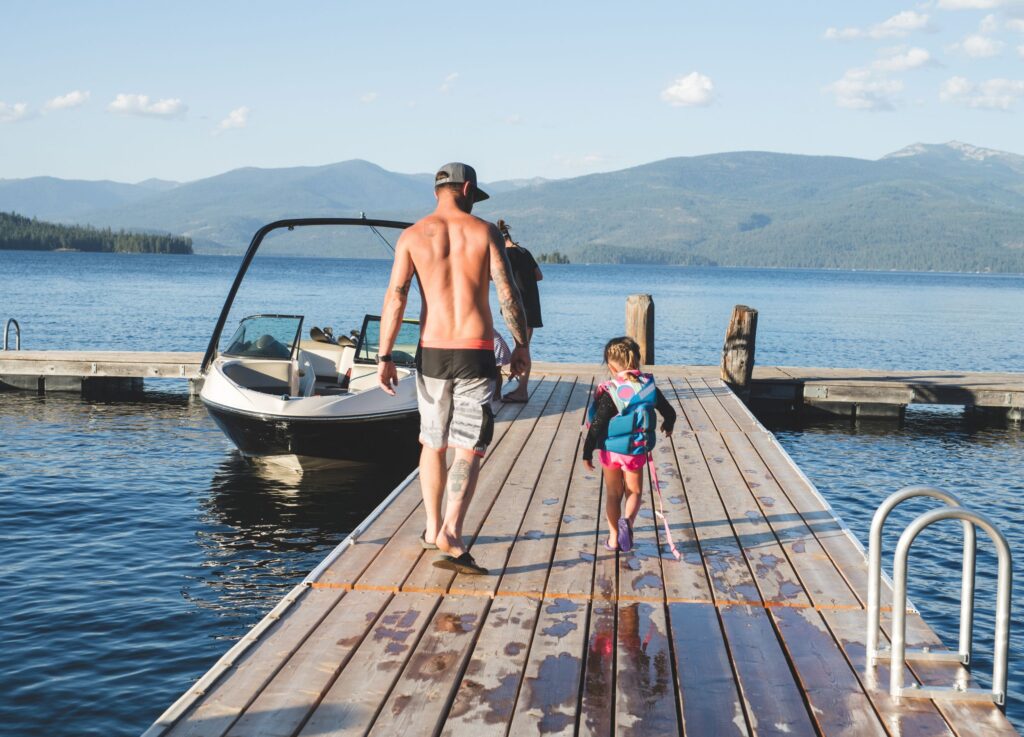
Act now and get ahead of growing season
The growing season is pivotal for your waterbody – and you. As it comes alive, it’s meant to be enjoyed. The best way to lay the groundwork for success is through preparation. Don’t spend next year playing catchup; contact the lake management experts today to start getting ahead.
How to Combat Algae & Weeds
SOLitude Lake Management is a nationwide environmental firm committed to providing sustainable solutions that improve water quality, enhance beauty and preserve natural resources.
SOLitude’s team of aquatic scientists specializes in the development and execution of customized lake, stormwater pond, wetland and fisheries management programs. Services include water quality testing and restoration, algae and aquatic weed control, installation and maintenance of fountains and aeration systems, shoreline erosion control, muck and sediment removal and invasive species management. SOLitude partners with homeowners associations, golf courses, private landowners, businesses and municipalities. SOLitude Lake Management is part of Rentokil, a leading business services company, operating across the United States, Canada and Puerto Rico.
For more information, visit SOLitude Lake Management at solitudelakemanagement.com, and connect on Facebook, LinkedIn and Twitter.








